The general guiding principle of the province is to prioritize water resources to ensure daily life for people, drinking water for livestock and key economic sectors of the province, and water resources for perennial crops.
To proactively produce, the Provincial People's Committee issued Plan No. 4968/KH-UBND dated November 27, 2023 on production and conversion of winter-spring crops 2023-2024. The general guiding principle of the province is to prioritize water sources to ensure daily life for people, drinking water for livestock and key economic sectors of the province, and water sources for perennial crops. Continue to monitor weather developments, especially the amount of water stored in reservoirs in the province and Don Duong Lake to proactively have flexible and effective production plans, organize reasonable and economical water regulation, suitable for specific production in each field, respond to off-season production; synchronously and effectively implement tasks and solutions to restructure the agricultural sector to adapt to climate change associated with innovation of growth models and new rural construction.
Farmers in Ninh Phuoc district harvest rice.
According to the report of the Provincial Irrigation Works Exploitation Company, as of November 20, 2023, the amount of water stored in 21 lakes reached 156.11/194.48 million m3, reaching 80.27% of the design capacity. Song Cai Lake stored 210.79/219.81 million m3, reaching 95.90% of the design capacity. Don Duong Lake stored 161.10/165 million m3, the water intake was 65.40 m3/s and the discharge flow through the factory was 37.07 m3. Based on the amount of water stored in the reservoirs, in the winter-spring crop, the whole province produced 27,067 hectares; of which, rice was 17,508.2 hectares, and color was 9,558.8 hectares. Crop structure conversion was 674 hectares; in which, conversion on rice land 244.6ha, on other land 429.9ha.
In order to effectively implement the 2023-2024 winter-spring crop production plan and ensure it is on schedule, the Provincial People's Committee directed the Department of Agriculture and Rural Development (DARD) to coordinate with districts and cities to strengthen information, propaganda, and mobilize people to plant seeds on time and according to the right variety structure; at the same time, carry out crop conversion to meet the set targets.
Implementing the direction of the Provincial People's Committee, the Department of Agriculture and Rural Development has developed a framework for the sowing season and the structure of winter-spring varieties. For rice, the Department of Agriculture recommends that people use rice varieties of certified level or higher, short-term varieties with high yield, good resistance to pests and diseases, suitable for each region and each type of soil, such as: ML202, ML214, CB3988, TH41 Phuc Trang, TH6, ML48, MT10, PY2, DH815-6, Q5, OM4900, OM6976, OM5451, DV108, An Sinh 1399, Dai Thom 8, Hung Long 555. The crop period is from December 10, 2023 to January 10, 2024, no later than January 20, 2024. Particularly for production areas using irrigation water from Tan Giang Lake and Song Bieu Lake in Thuan Nam District, and areas not producing rice in the 2023 winter-spring crop, depending on the specific conditions of each area, the sowing and planting should be arranged 5-7 days before the crop schedule. The Department of Agriculture and Rural Development recommends that localities need to have a plan for concentrated and simultaneous sowing in each area and each field with the motto of saving water. Arrange the crop schedule associated with the appropriate rice variety structure depending on the specific conditions of each area, ensuring that the rice will bloom from February 25 to before March 20, and be harvested before April 20, 2024.
For crops, localities should develop flexible production plans, consider adjusting vegetable, root and fruit varieties with long storage times to suit the market, ensuring local consumption needs as well as supply outside the province. In production, apply seasonal crop rotation measures, design reasonable irrigation systems, manage pests and balance fertilization. On land converted from rice cultivation to crop cultivation, focus on the internal irrigation system, avoid local flooding. Increase organic fertilizer from livestock waste sources to reduce chemical fertilizers and pesticides to save production costs for people.
The Department of Agriculture and Rural Development has also directed the Department of Crop Production and Plant Protection to coordinate with relevant units in inspecting the production of plant varieties and agricultural materials; implementing large-scale field production plans with good results; guiding farmers to apply the measures of "3 reductions, 3 increases" and "1 must, 5 reductions" in rice production to improve productivity and product quality. Strengthening the work of predicting and forecasting harmful organisms for crops, guiding farmers in prevention. The Provincial Agricultural Extension Center proactively coordinates with localities to support training and technical guidance in crop conversion to ensure that assigned targets are met in the year; building models, technical advances in varieties and technology, and appropriate equipment to support farmers in effective production.
Working side by side with farmers in winter-spring crop production, the Provincial Irrigation Works Exploitation Company Limited has coordinated with Da Nhim-Ham Thuan-Da Mi Hydropower Joint Stock Company to unify the water supply plan to serve daily life and production effectively, suitable for each stage. The unit has also deployed dredging canals, reinforcing dams, clearing water flows, ensuring fast and timely water regulation for production; proactively regulating water reasonably, economically, in accordance with the specific production schedule for each area and field, avoiding wasting water resources. Thoroughly informing each locality about the ability to ensure water resources, not to produce beyond the water supply capacity.
The People's Committees of districts and cities have also directed communes, wards and towns to propagate and mobilize people to plant rice according to the crop calendar; deploy the construction of new large fields and continue to maintain the large fields that have been implemented. At present, farmers across the province are plowing, combined with dredging canals and ditches within the fields; collecting and destroying golden apple snails and cleaning the fields before sowing. Depending on the specific conditions of each area, people focus on planting rice completely, not allowing the situation in one field to have many rice fields due to the wrong crop arrangement. Implement the conversion of crop structure, especially in areas with unstable irrigation, areas at the end of canals, and irrigation areas of pumping stations to dry crops that use less water such as: Vegetables, beans, corn, grass, fruit trees...
With the synchronous participation of functional sectors and localities, and the active work of farmers across the province, it is believed that the 2023-2024 winter-spring crop production will achieve many results.
Mr. Tung
Source


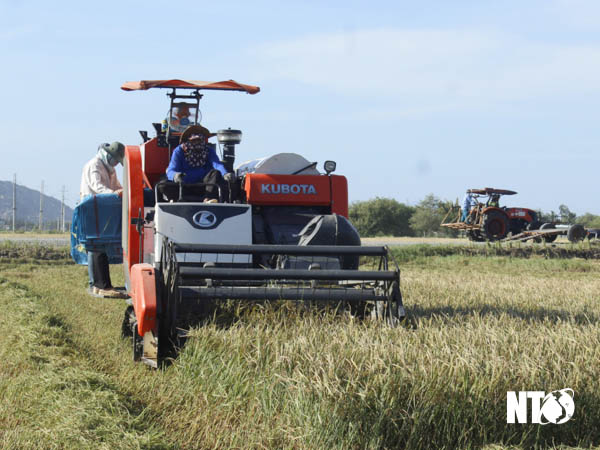
![[Photo] Students of Binh Minh Primary School enjoy the full moon festival, receiving the joys of childhood](https://vphoto.vietnam.vn/thumb/1200x675/vietnam/resource/IMAGE/2025/10/3/8cf8abef22fe4471be400a818912cb85)




![[Photo] Prime Minister Pham Minh Chinh chairs meeting to deploy overcoming consequences of storm No. 10](https://vphoto.vietnam.vn/thumb/1200x675/vietnam/resource/IMAGE/2025/10/3/544f420dcc844463898fcbef46247d16)
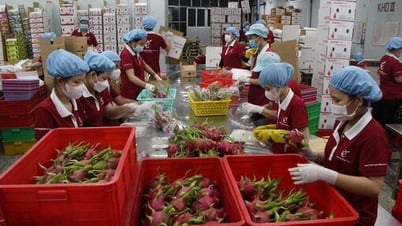

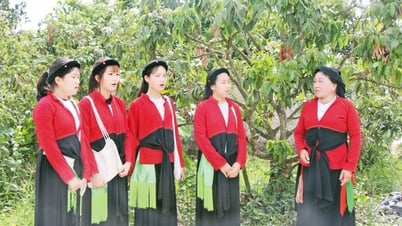


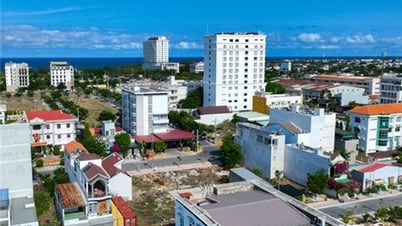

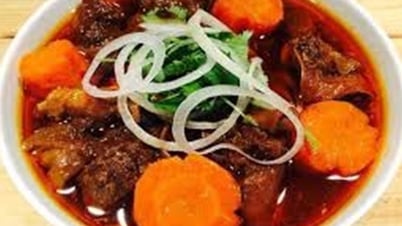
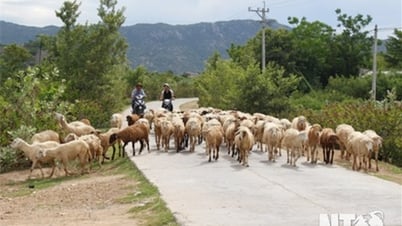
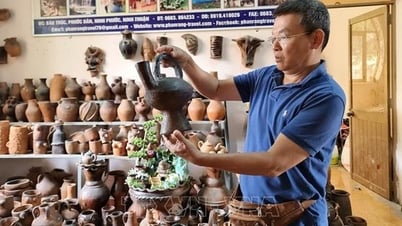

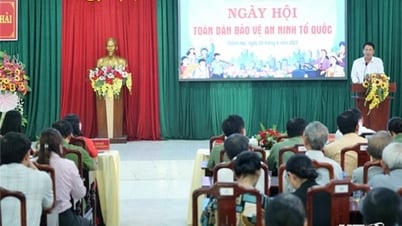
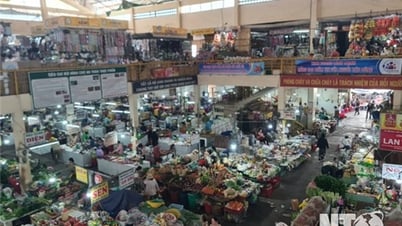




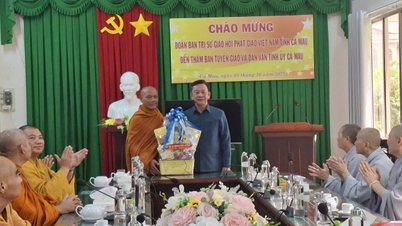
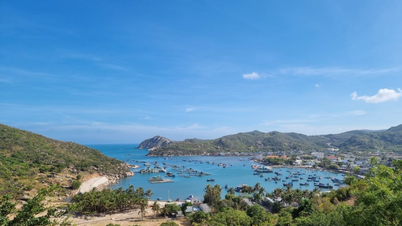
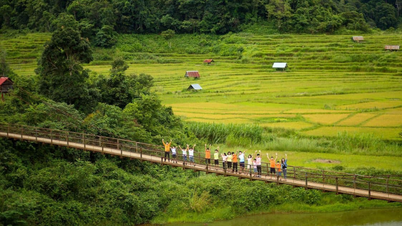






















































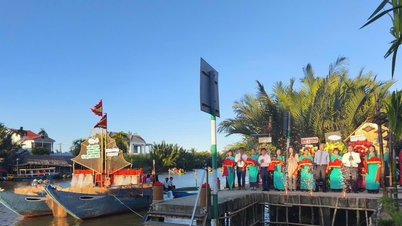

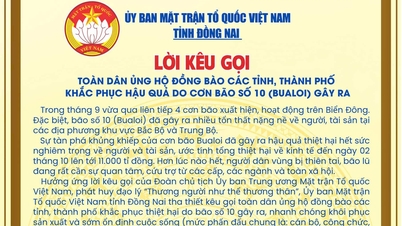


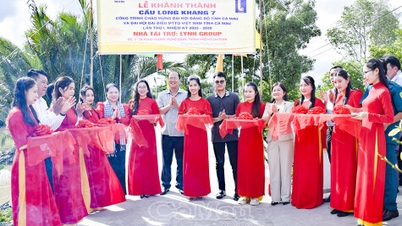

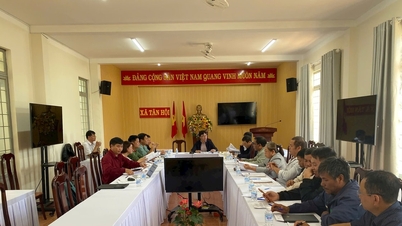

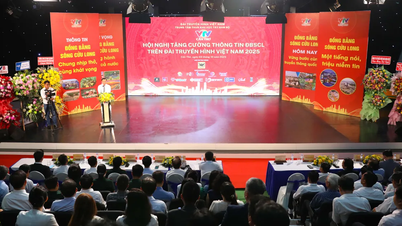












Comment (0)